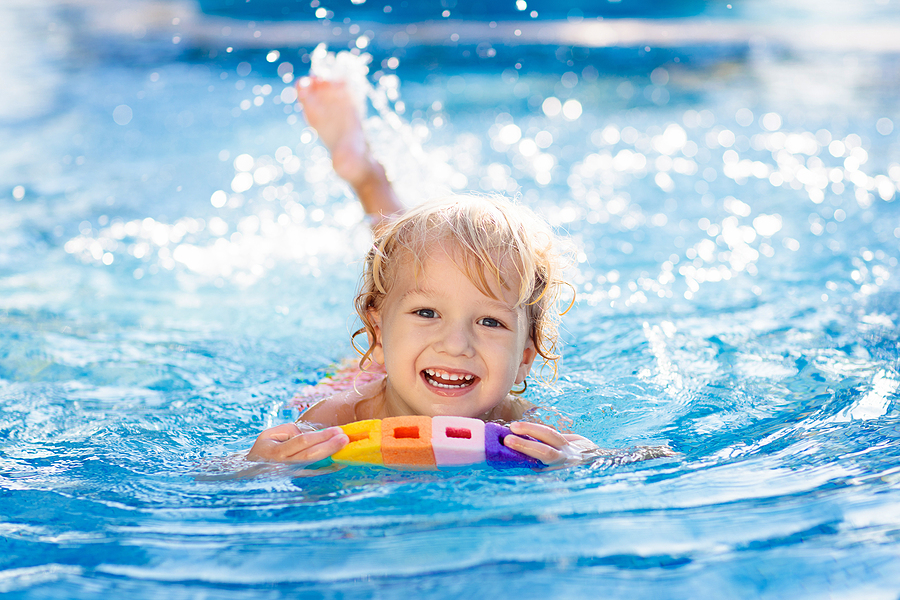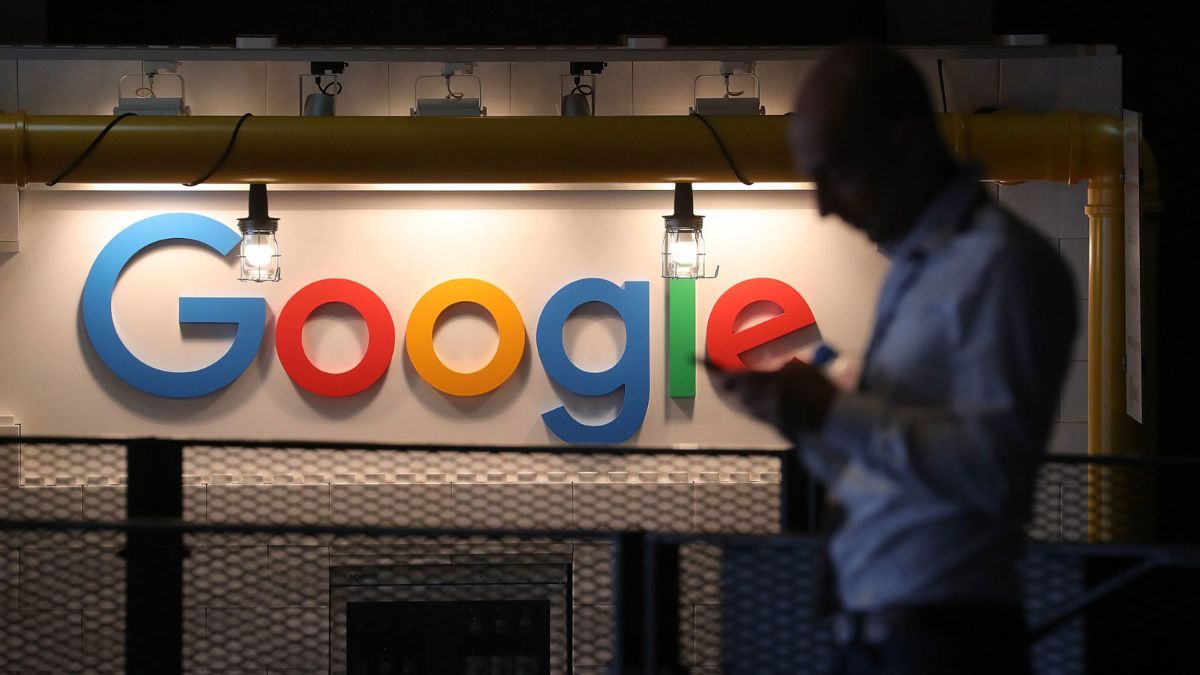The Future of Pool Safety- This swimming pool employs AI as a lifeguard to prevent drowning
June 26, 2023 By Prelo Con

(Image Credit Google)
(Image credit- Pool Magazine)
While swimming pools can be a source of enjoyment and relaxation, they also come with some inherent concerns, most notably the risk of drowning.
According to a report, a German swimming pool is now testing an AI-powered surveillance system meant to save lives in an effort to lessen this risk.
AI lifeguards
This facility, which is located in Wiesbaden's Kleinfeldchen bathing baths, features both indoor and outdoor pools. One of the indoor pools started using a cutting-edge
AI monitoring system in August 2020 that was created by an Israeli start-up.
This system, which consists of four cameras positioned on the ceiling and overlooks the 25x15-meter pool, strives to improve safety through cutting-edge technology.
[caption id="" align="aligncenter" width="822"]

Image credit- Pool Magazine[/caption]
The cameras detect water movements and record movement patterns for study by AI algorithms, according to Thomas Baum, operations manager at area pool operator Mattiaqua.
The pool personnel is immediately alerted via their smartwatches when the technology detects any unusual patterns. The
smartwatches make an audible beep, vibrate, and display a red dot indicating the specific location of the individual in danger, according to Shahabeddin Khatibi, a pool attendant who has been engaged with the system since its beginnings.
Three supplementary images add to the context and support the answer. At first, common swimming maneuvers like roll turns would cause false alarms to go off.
The AI system eventually adjusted and learned to differentiate between typical swimming behaviors and true crises. Shahabeddin gives the system input following each warning, assisting in its ongoing learning and enhancing its precision in identifying emergency situations.
Thomas Baum wants to use the AI system in other Wiesbaden swimming pools and spas after the trial and learning phase is through. The non-swimmers area and outdoor pools will both be outfitted, with the thermal pool expected to adopt the technology the following year.
Also read:
Clean your pool with Seagull Pro which uses a quad-motor system
The price of implementation depends on the size of the pool and the number of cameras needed; for the current pool, the anticipated yearly cost ranges from $32,000 to $42,000.
[caption id="" align="aligncenter" width="900"]

Image credit- Pool & Spa Marketing[/caption]
A Novel Approach
The AI lifeguard system was not created to take the place of water rescue services or human lifeguards. Instead, it adds another level of security to safeguard both staff members and swimmers.
Thomas Baum emphasized the importance of the system, saying, "If it saves a person's life even once every ten years, then every penny invested was worthwhile."
The AI system improves swimming supervision in addition to its ability to save lives. A swimming supervisor named Shahabeddin refers to the technology as their "third eye,", especially at busy times when the pool can hold hundreds of visitors.
The system offers thorough oversight, allowing for efficient management even in busy situations. Additionally, if young children drift apart from their parents while swimming, the technology may detect this and sound an alarm.
The cameras only detect patterns of people to allay worries about data security. Baum underlines, "It's not about monitoring people but about the safety of the bathers."
By Prelo Con
Following my passion by reviewing latest tech. Just love it.


 Image credit- Pool Magazine[/caption]
The cameras detect water movements and record movement patterns for study by AI algorithms, according to Thomas Baum, operations manager at area pool operator Mattiaqua.
The pool personnel is immediately alerted via their smartwatches when the technology detects any unusual patterns. The smartwatches make an audible beep, vibrate, and display a red dot indicating the specific location of the individual in danger, according to Shahabeddin Khatibi, a pool attendant who has been engaged with the system since its beginnings.
Three supplementary images add to the context and support the answer. At first, common swimming maneuvers like roll turns would cause false alarms to go off.
The AI system eventually adjusted and learned to differentiate between typical swimming behaviors and true crises. Shahabeddin gives the system input following each warning, assisting in its ongoing learning and enhancing its precision in identifying emergency situations.
Thomas Baum wants to use the AI system in other Wiesbaden swimming pools and spas after the trial and learning phase is through. The non-swimmers area and outdoor pools will both be outfitted, with the thermal pool expected to adopt the technology the following year.
Also read: Clean your pool with Seagull Pro which uses a quad-motor system
The price of implementation depends on the size of the pool and the number of cameras needed; for the current pool, the anticipated yearly cost ranges from $32,000 to $42,000.
[caption id="" align="aligncenter" width="900"]
Image credit- Pool Magazine[/caption]
The cameras detect water movements and record movement patterns for study by AI algorithms, according to Thomas Baum, operations manager at area pool operator Mattiaqua.
The pool personnel is immediately alerted via their smartwatches when the technology detects any unusual patterns. The smartwatches make an audible beep, vibrate, and display a red dot indicating the specific location of the individual in danger, according to Shahabeddin Khatibi, a pool attendant who has been engaged with the system since its beginnings.
Three supplementary images add to the context and support the answer. At first, common swimming maneuvers like roll turns would cause false alarms to go off.
The AI system eventually adjusted and learned to differentiate between typical swimming behaviors and true crises. Shahabeddin gives the system input following each warning, assisting in its ongoing learning and enhancing its precision in identifying emergency situations.
Thomas Baum wants to use the AI system in other Wiesbaden swimming pools and spas after the trial and learning phase is through. The non-swimmers area and outdoor pools will both be outfitted, with the thermal pool expected to adopt the technology the following year.
Also read: Clean your pool with Seagull Pro which uses a quad-motor system
The price of implementation depends on the size of the pool and the number of cameras needed; for the current pool, the anticipated yearly cost ranges from $32,000 to $42,000.
[caption id="" align="aligncenter" width="900"] Image credit- Pool & Spa Marketing[/caption]
Image credit- Pool & Spa Marketing[/caption]






